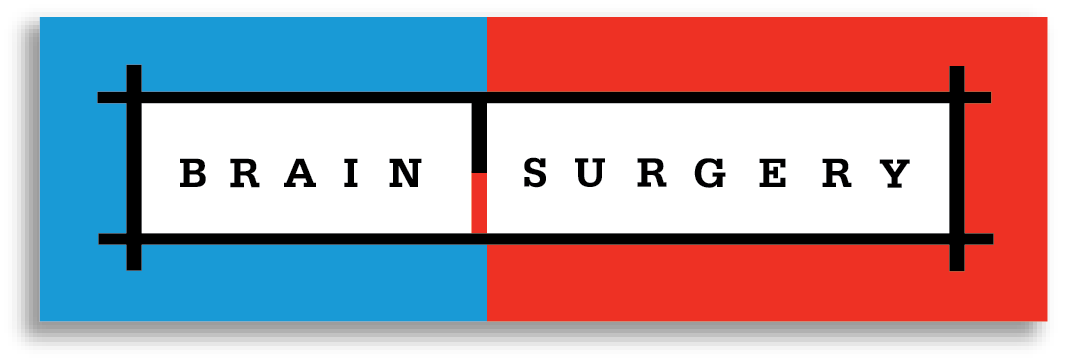Neuroscience Readings.
-
Thinking, Fast and Slow, by Daniel Kahneman
As the New York Times put it, “Daniel Kahneman won the Nobel in economic science. What made this unusual is that Kahneman is a psychologist.” Kahneman’s vivid descriptions of how the brain actually works are clear and revealing, and is a good place to start for people with no background in neuroscience. Kahneman reveals how we can tap into the benefits of slow thinking.

-
Descartes' Error, by Dr. Antonio Damasio
Dr. Damasio is a neuroscientist and currently a professor at USC. He was a pioneer in understanding how decisions are made. He challenged traditional ideas about the connection between emotions and rationality. He revealed the role of emotions in this book which was published in 1994 and was one of the core pieces of research that led to Brain Surgery’s philosophy and approach.

-
How Brains Make up Their Minds, by Dr. Walter Freeman
Dr. Freeman was a neuroscientist and philosopher known for his pioneering work on how the brain generates our perception of the world. He joined the University of California at Berkeley in 1959 and stayed for the rest of his life teaching brain science. Until his death in 2016, he spent over 5 decades studying how brains make up their minds and revealed his findings.

-
The Emotional Brain, by Dr. Joseph LeDoux
Dr. LeDoux is an NYU professor whose work is funded by the Neuroscience Research Branch of the National Institute of Mental Health. Joseph LeDoux spends most of the book discussing how our minds deal with fear. The Emotional Brain investigates the origins of human emotions and explains that many exist as part of complex neural systems that evolved to enable us to survive.

